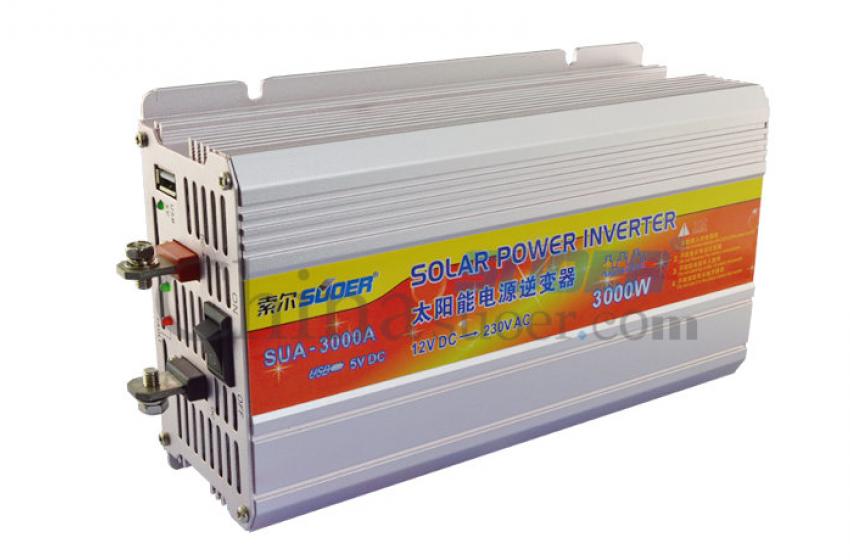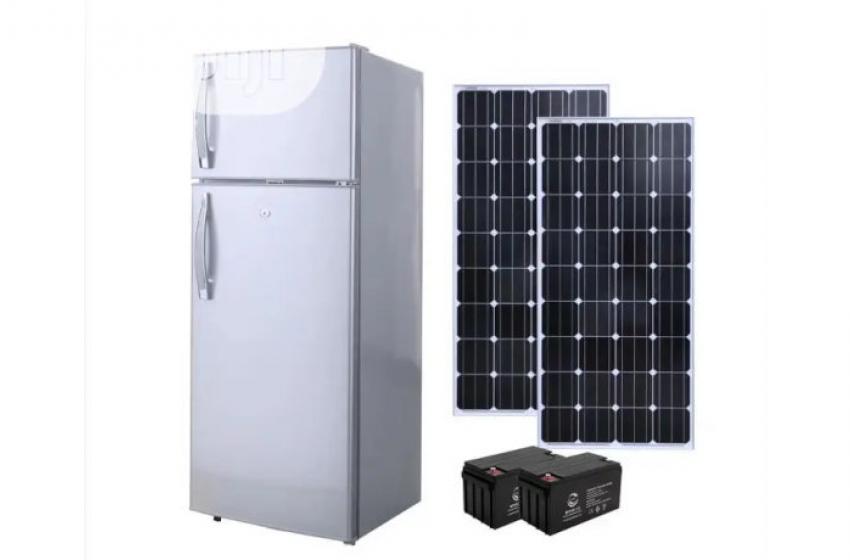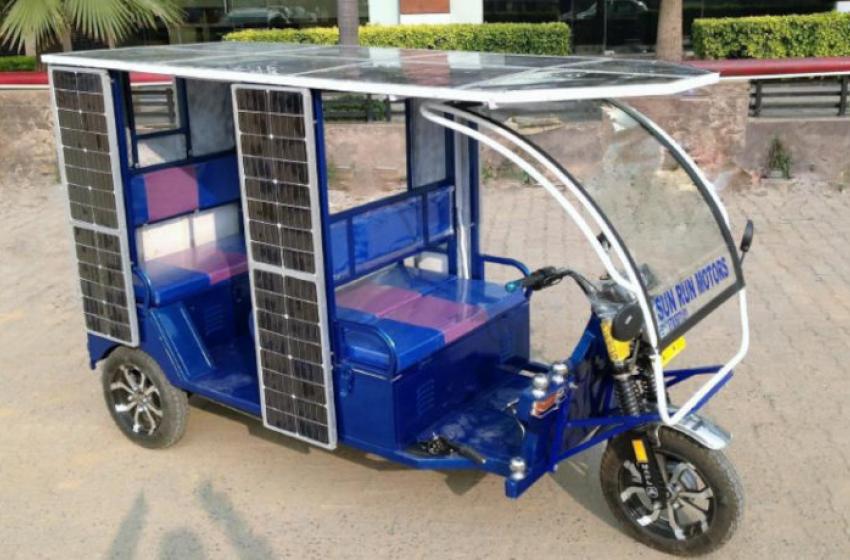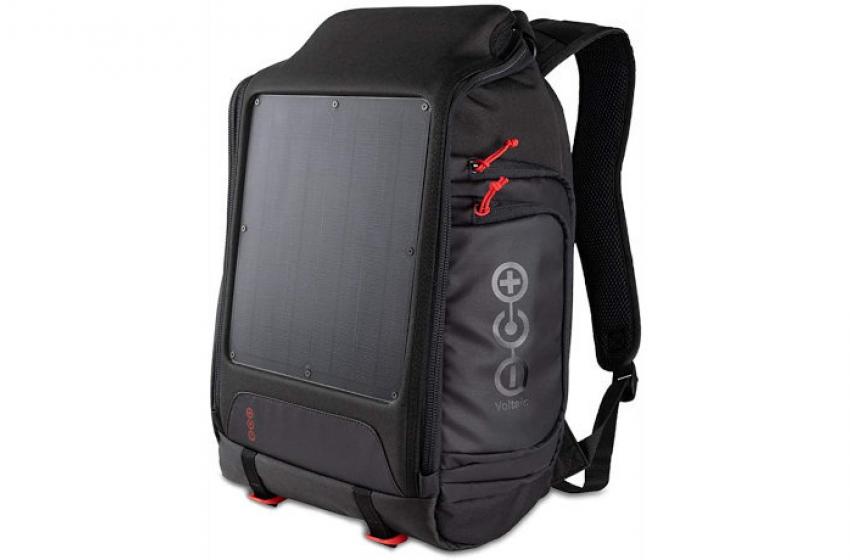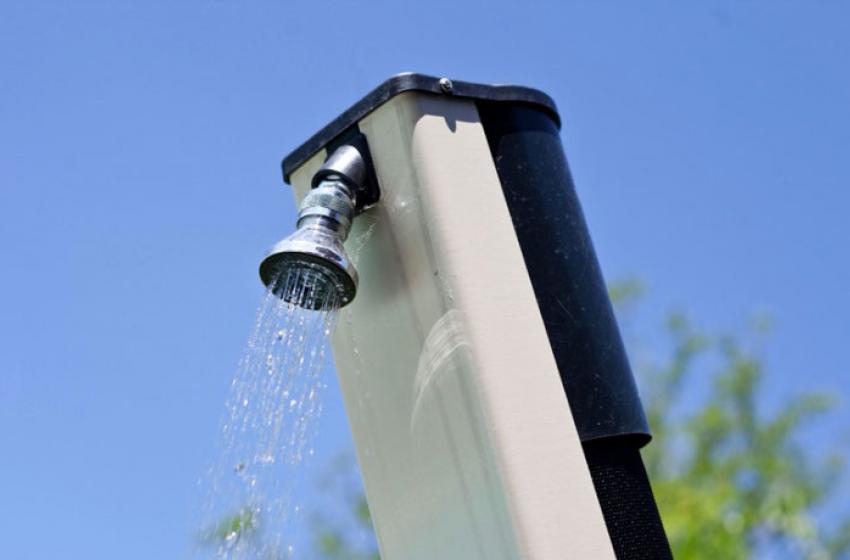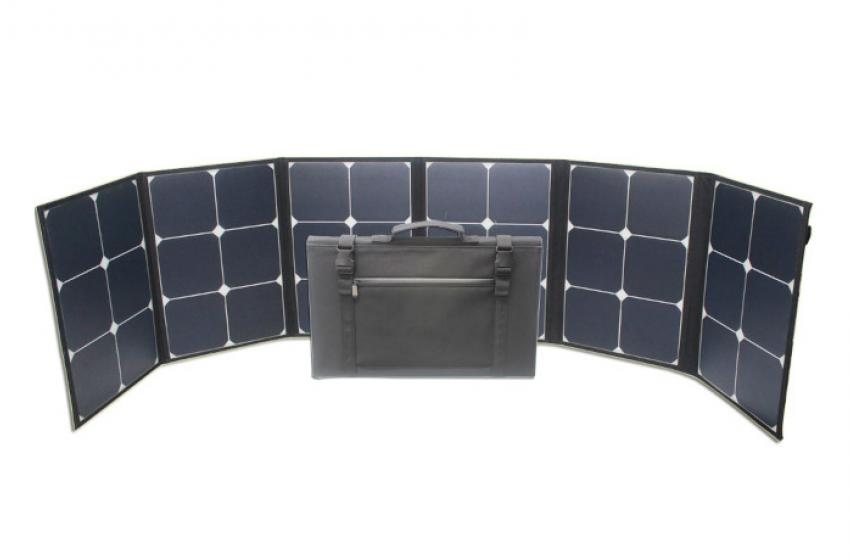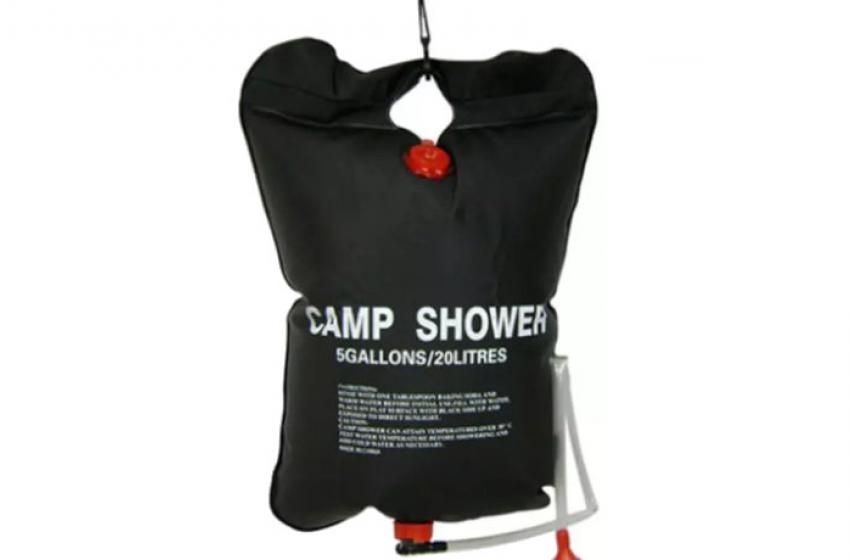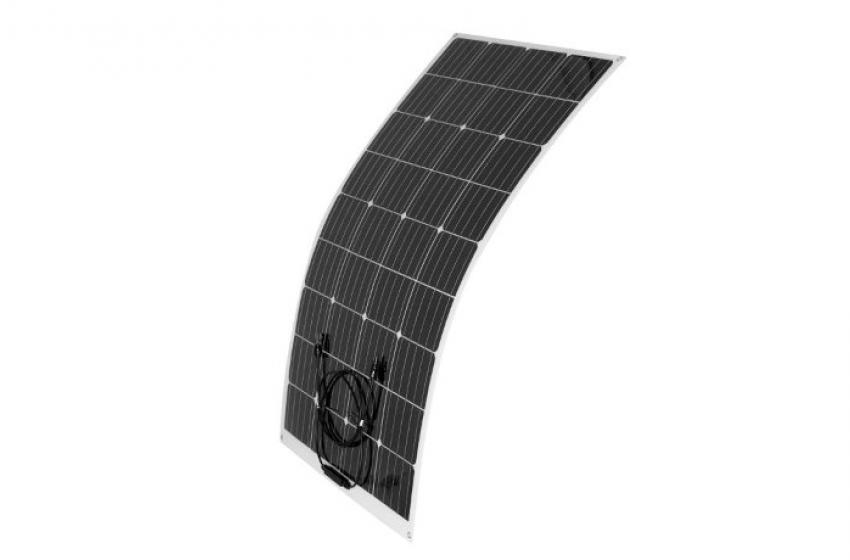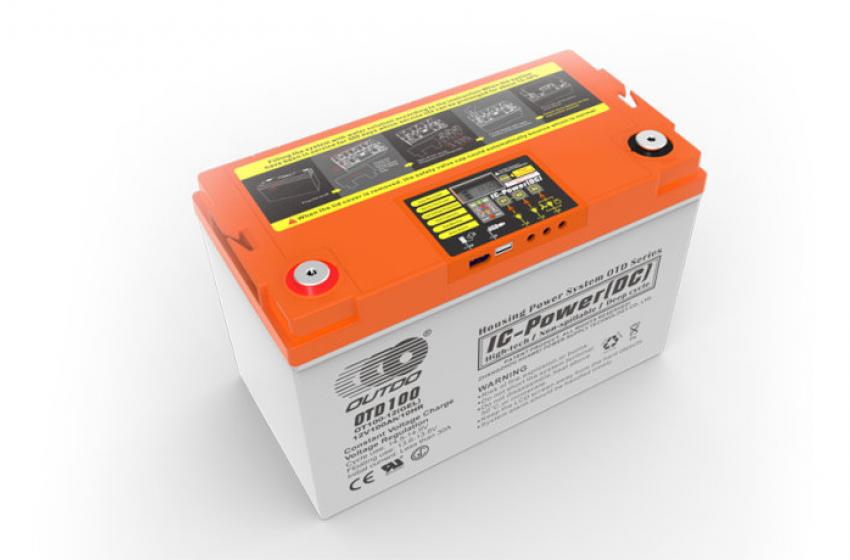A sunlight cooker is a device which uses the energy of direct sunlight to heat, cook or pasteurize drink and other food materials. Many sunlight cookers currently in use are relatively inexpensive, low-tech devices, although some are as powerful or as expensive as traditional stoves, and advanced, large-scale sunlight cookers can cook for hundreds of people.
Different kinds of sunlight cookers (more than 300 models of sunlight cooker had been made so far) use somewhat different methods of cooking, but most follow the same basic principles.
Food is prepared as if for an oven or stove top. However, because food cooks faster when it is in smaller pieces, food placed inside a sunlight cooker is usually cut into smaller pieces than it might otherwise be. For example, potatoes are usually cut into bite-sized pieces rather than roasted whole. For very simple cooking, such as melting butter or cheese, a lid may not be needed and the food may be placed on an uncovered tray or in a bowl. If several foods are to be cooked separately, then they are placed in different containers.
The container of food is placed inside the sunlight cooker, which may be elevated on a brick, rock, metal trivet, or other heat sink, and the sunlight cooker is placed in direct sunlight. Foods that cook quickly may be added to the sunlight cooker later. Rice for a mid-day meal might be started early in the morning, with vegetables, cheese, or soup added to the sunlight cooker in the middle of the morning. Depending on the size of the sunlight cooker and the number and quantity of cooked foods, a family may use one or more sunlight cookers.
A solar oven is turned towards the sun and left until the food is cooked. Unlike cooking on a stove or over a fire, which may require more than an hour of constant supervision, food in a solar oven is generally not stirred or turned over, both because it is unnecessary and because opening the solar oven allows the trapped heat to escape and thereby slows the cooking process. If wanted, the solar oven may be checked every one to two hours, to turn the oven to face the sun more precisely and to ensure that shadows from nearby buildings or plants have not blocked the sunlight. If the food is to be left untended for many hours during the day, then the solar oven is often turned to face the point where the sun will be when it is highest in the sky, instead of towards its current position.
The cooking time depends primarily on the equipment being used, the amount of sunlight at the time, and the quantity of food that needs to be cooked. Air temperature, wind, and latitude also affect performance. Food cooks faster in the two hours before and after the local solar noon than it does in either the early morning or the late afternoon. Large quantities of food, and food in large pieces, take longer to cook. As a result, only general figures can be given for cooking time. With a small solar panel cooker, it might be possible to melt butter in 15 minutes, to bake cookies in 2 hours, and to cook rice for four people in 4 hours. With a high performing parabolic solar cooker, you may be able to grill a steak in minutes. However, depending on local conditions and the solar cooker type, these projects could take half as long, or twice as long.
It is difficult to burn food in a sunlight cooker. Food that has been cooked even an hour longer than necessary is usually indistinguishable from minimally cooked food. The exception to this rule is some green vegetables, which quickly change from a perfectly cooked bright green to olive drab, while still retaining the desirable texture.
For most foods, such as rice, the typical person would be unable to tell how it was cooked from looking at the final product. There are some differences, however: Bread and cakes brown on their tops instead of on the bottom. Compared to cooking over a fire, the food does not have a smoky flavor.



